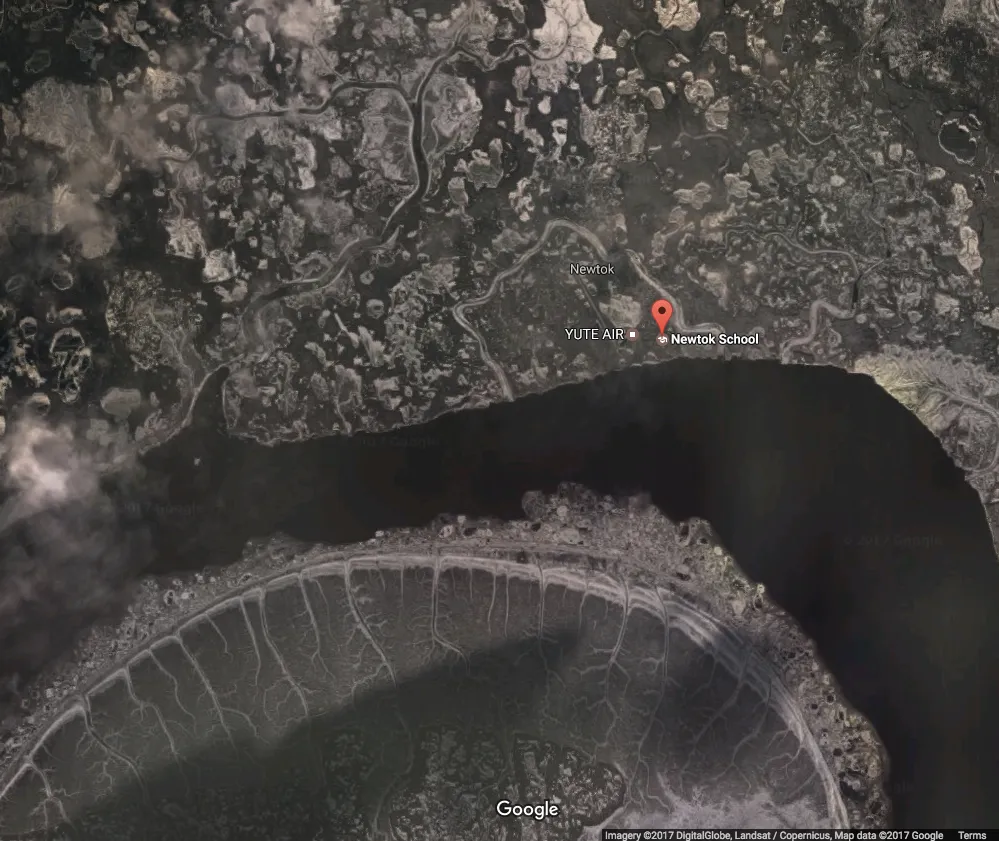Alaska, a land of majestic mountains, stunning glaciers, and abundant wildlife, is often associated with its harsh climate and frigid winters. However, beneath the thick blanket of snow and ice lies a surprisingly diverse and resilient plant world. The plants here not only survive but also thrive, remarkably adapting to the challenging climate and creating a unique and vibrant ecosystem.
The Unexpected Beauty of Alaskan Flora: Resilience in the Cold
When Alaska is mentioned, images of vast white snowfields and gray skies often come to mind. But in reality, Alaska in the summer bursts with the fresh green of foliage and the vibrant colors of wildflowers. What is the secret that allows these plants to not only exist but flourish in such seemingly harsh conditions? The answer lies in their incredible adaptability and unique biological traits, evolved over thousands of years.
Exceptional Cold-Tolerant Trees
Alaska is not entirely a barren land devoid of trees. On the contrary, it is home to vast taiga forests, primarily composed of coniferous and deciduous trees that have perfectly adapted to the long, cold winters.
White Spruce (Picea glauca)
White spruce is one of the most common coniferous trees in Alaska. It exhibits exceptional cold hardiness, capable of surviving temperatures as low as -50°C (-58°F). With its tall, upright stature, white spruce not only adds to the majestic beauty of the Alaskan landscape but also plays a crucial role in maintaining the forest ecosystem. The wood of white spruce is also widely used in construction and paper production.
Paper Birch (Betula papyrifera)
Paper birch is another deciduous tree commonly found in Alaska. It is distinguished by its characteristic white bark, which easily peels off in thin, paper-like layers. Paper birch is cold-tolerant and fast-growing, especially after forest fires. It plays an important role in forest regeneration and provides a food source for many wildlife species.
Alaska Willow (Salix alaxensis)
Alaska willow is a shrub or small tree, typically found growing along riverbanks, streams, and wetlands in Alaska. It is highly tolerant of cold and moist conditions, playing a vital role in stabilizing soil and preventing erosion. Alaska willow is also an important food source for many animals, especially caribou and snowshoe hares.

Diverse Shrubs and Herbs
Beyond trees, Alaska is also home to countless diverse shrubs and herbs, each possessing unique beauty and uses.
Bog Blueberry (Vaccinium uliginosum)
Bog blueberry is a low-growing shrub, commonly found in tundra and taiga regions. It is renowned for its dark blue berries with a subtly sweet flavor, a favorite treat for both locals and wildlife. Bog blueberries are not only delicious but also rich in nutrients and antioxidants.
Salmonberry (Rubus spectabilis)
Salmonberry is another shrub commonly found in Alaska, especially in the southern coastal areas. It features vibrant pink flowers and orange-red berries with a tangy-sweet taste. Salmonberries are also an important food source and are used to make jams, jellies, and other desserts.
Tussock Cottongrass (Eriophorum vaginatum)
Tussock cottongrass is a clump-forming herbaceous plant, very common in Alaskan tundra. It is characterized by its fluffy white seed heads that resemble cotton balls in late summer, creating a unique and dreamy landscape. Tussock cottongrass not only has aesthetic appeal but also plays a crucial role in retaining soil moisture and providing shelter for insects.
Vibrant Wildflowers in the Short Summer
Although summer in Alaska is short, it is a time of explosive color from wildflowers. Hundreds of species bloom in competition, from small, delicate flowers to large, vibrant blossoms, creating an incredibly lively and captivating natural tapestry.
Alaskan Lupine (Lupinus nootkatensis)
Alaskan lupine is a prominent wildflower with its purple or blue flowers, growing in tall, upright clusters. They typically bloom in early summer, adorning Alaskan meadows and hillsides with vibrant patches of color. Alaskan lupine is not only beautiful but also helps improve soil quality, aiding the growth of other plants.
Arctic Poppy (Papaver nudicaule)
Arctic poppy is a small but charming wildflower, often found in alpine and tundra regions. It has yellow, orange, or white flowers with delicate, silk-like petals. Arctic poppy is highly tolerant of cold and drought, symbolizing the resilience of Alaskan flora.
Tall Bluebells (Mertensia paniculata)
Tall bluebells are wildflowers with bell-shaped blue flowers, growing in drooping clusters. They typically bloom in mid-summer, bringing a gentle and elegant beauty to the Alaskan landscape. Tall bluebells prefer shade and moisture, often growing in forests or along streams.

The Remarkable Adaptations of Alaskan Flora
To survive and thrive in Alaska’s harsh climate, plants have developed incredibly unique and effective adaptation mechanisms.
Exceptional Cold Tolerance
Cold tolerance is a vital survival factor for Alaskan plants. Many species have evolved to withstand extremely low temperatures by producing natural antifreeze substances in their cells, reducing water content in cells, and altering cell structures to prevent damage from freezing.
Maximizing the Short Summer
Summer in Alaska is very short, often lasting only a few months. Therefore, plants must maximize this time for growth, development, and reproduction. Many species have rapid growth rates, flowering and fruiting early to complete their life cycle within the brief summer.
Adapting to Nutrient-Poor Soil
Soil in Alaska is often nutrient-poor due to low temperatures and slow decomposition of organic matter. Plants have adapted by developing extensive and deep root systems to maximize nutrient absorption from the soil, or by forming symbiotic relationships with mycorrhizal fungi to enhance nutrient uptake.
Conclusion: Lessons from Alaskan Nature
The plant world of Alaska is a powerful testament to the resilience and remarkable adaptability of nature. The plants here not only adorn the Alaskan landscape with unique beauty but also offer us valuable lessons about perseverance, endurance, and the ability to overcome challenges to thrive. Exploring the flora of Alaska is not only an exciting travel journey but also an opportunity for us to deeply understand the power of nature and cherish the wonders it provides.